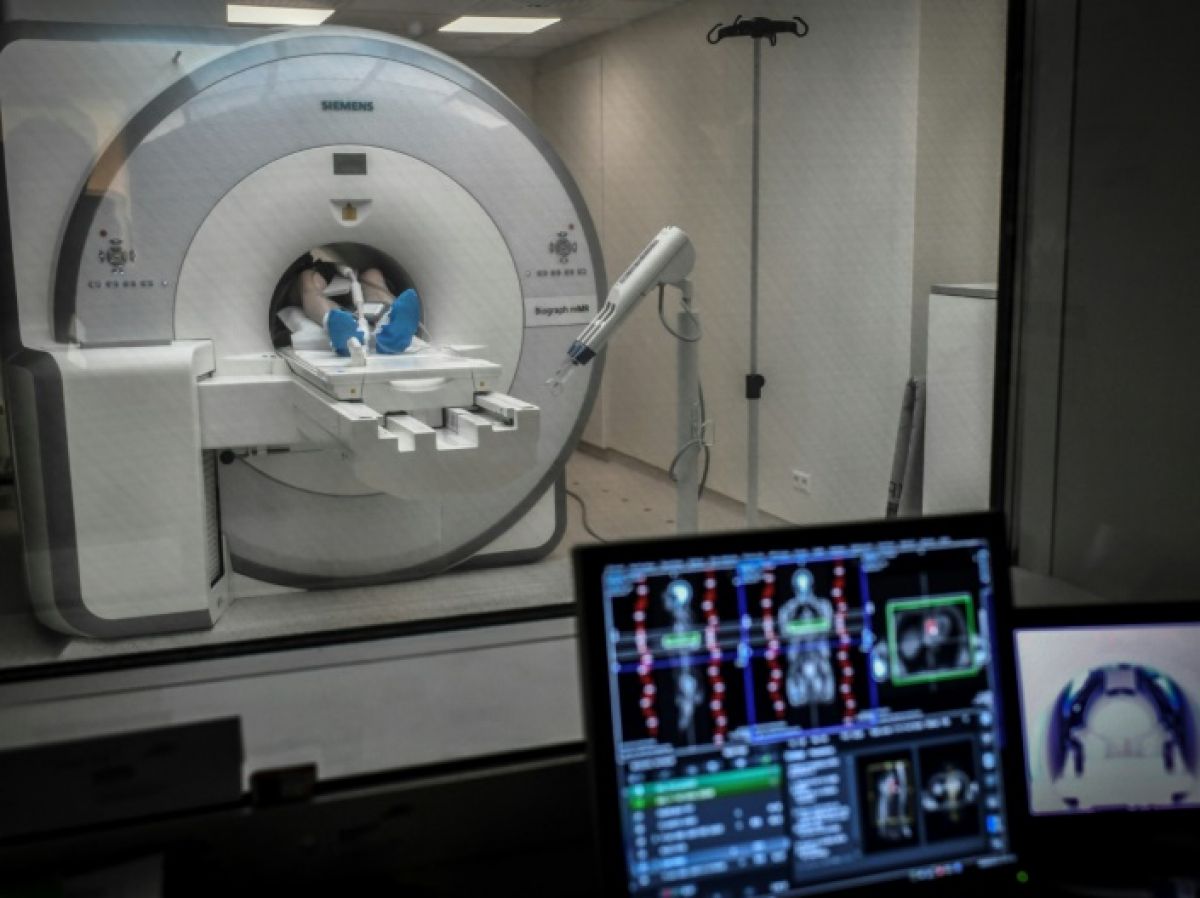
You are here
Press release
Wednesday, April 23, 2025
Researchers discover the cellular and molecular bases of heat detection and inflammatory pain.
Researchers at the National Institutes of Health (NIH) have discovered clues about how our bodies transform sensations such as heat and touch into signals sent to the brain—and how these signals can be altered by inflammation to cause pain. The research focuses on nerve cells in the skin that help us detect the location, intensity, and emotional quality of touch, called somatosensory neurons. By combining advanced imaging techniques with detailed molecular analysis, the researchers explored how heat and touch activate different types of receptor cells in mice.
“To develop better pain treatments, it’s critical that we deepen our understanding of the biology behind how sensory signals are received, transmitted, and ultimately perceived by the brain,” said Alex Chesler, Ph.D., study co-author and senior investigator at the NIH. “Over the past few years, we’ve developed a platform to observe sensation in action, revealing new details about the cells and molecules needed and, in this study, how inflammation triggers pain.”
The research revealed how different cell types were "activated" depending on whether the stimulus was harmless, such as gentle warmth or light touch, or noxious, i.e., strong enough to potentially damage healthy tissue. For example, heat and light touch were transmitted by entirely different cell types. When the stimulus was more intense, nerve cells began to overlap in their roles transmitting sensations of heat and pressure, which explains how the cells detect and distinguish between harmless and noxious stimuli.
Inflammation is well known to be linked to pain, but understanding what happens at the cellular and molecular levels is less clear. In their experiments, the researchers injected prostaglandin E2 into the skin, a molecule that causes inflammation and pain. With the inflammatory response triggered, the researchers discovered that certain neurons used for pain signaling (nociceptors) became active and sensitized to heat for a long time, demonstrating the cellular processes at work.
“This explains how inflammation causes persistent pain and why heat becomes more painful,” said Nick Ryba, Ph.D., co-author and senior investigator at the NIH. “However, what was unexpected was that touch detection remained unchanged.”
The study found that inflammation-related touch hypersensitivity, known as tactile allodynia, was caused by the ongoing activity of inflammation-induced nociceptors, superimposed on normal tactile sensation. This finding is consistent with previous research at the NIH showing that the ion channel PIEZO2 plays a crucial role in this type of pain.
This research is part of a long-term collaboration between the groups led by Drs. Chesler and Ryba. Together, these labs conduct fundamental research focused on how sensory information is detected and processed by the brain to evoke specific behaviors. According to Dr. Chesler, even though this study involved mice, the similarities with human neural pathways far outweigh the differences. These findings therefore have important implications for humans.
“By better understanding how touch and heat are signaled in the body, we are identifying new clues for pain treatment,” said Dr. Chesler. “Our study shows how different types of pain can benefit from different types of treatments. In short, by pinpointing the cells and molecules that ‘turn up the volume’ for different types of pain, we may be able to identify the ‘switches’ that can turn it down.”
The research was conducted by researchers from the Sensory Cells and Circuits Laboratory at the NIH National Center for Complementary and Integrative Health and the Taste and Smell Section of the NIH National Institute of Dental and Craniofacial Research.
About the National Center for Complementary and Integrative Health (NCCIH): The mission of NCCIH is to define, through rigorous scientific research, the usefulness and safety of complementary and integrative health approaches and their role in improving health and health care. To learn more about NCCIH and its programs, visit https://www.nccih.nih.gov.
About the National Institutes of Health (NIH): NIH, the nation's medical research agency, comprises 27 institutes and centers and is part of the U.S. Department of Health and Human Services. NIH is the primary federal agency that conducts and supports basic, clinical, and translational medical research, and studies the causes, treatments, and cures for common and rare diseases. For more information about NIH and its programs, visit www.nih.gov.
NIH…Transforming Discovery into Health®
Reference
Ghitani N, von Buchholtz LJ, MacDonald DI, Falgairolle M, Nguyen MQ, Licholai JA, Ryba NJP, Chesler AT. A distributed code among nociceptor classes for thermosensation and inflammatory pain. Nature. DOI: 10.1038/s41586-025-08875-6.
###

